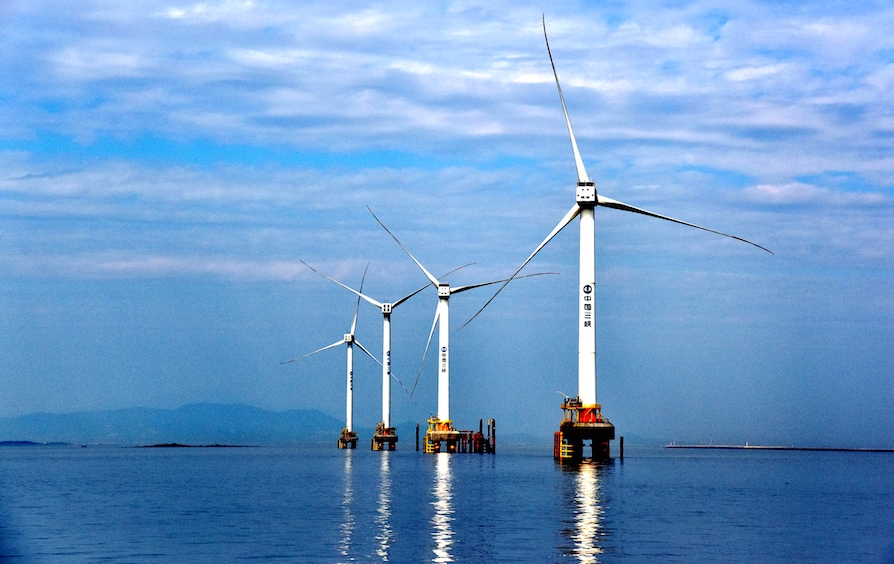Tesla and CATL’s Joint Venture in China: Expanding Battery Production for Electric Vehicles
Tesla and CATL (Contemporary Amperex Technology Co. Limited), China’s leading battery manufacturer, have expanded their joint venture in 2024 to meet the growing demand for electric vehicles (EVs). This collaboration is critical for both companies as they work to scale up EV production and reduce the global carbon footprint.
Joint Expansion of Battery Production Facilities
The partnership between Tesla and CATL has led to the construction of new battery production facilities in China. These factories focus on producing lithium-iron phosphate (LFP) batteries, which are known for their lower cost and longer cycle life compared to traditional lithium-ion batteries. The LFP batteries are primarily used in Tesla’s more affordable EV models, such as the Model 3 and Model Y, which are produced at the Shanghai Gigafactory.
With this joint venture, Tesla aims to increase battery production capacity, reducing supply chain bottlenecks and lowering the cost of EVs globally. CATL’s expertise in battery technology and its established supply chains in China make it the ideal partner for Tesla’s ambitious production targets.
Focus on Sustainable Production
Tesla and CATL are also focusing on sustainability as part of their joint venture. CATL has introduced innovative recycling methods for battery materials, helping Tesla reduce the environmental impact of battery production. Additionally, the new facilities are designed to minimize energy consumption by integrating renewable energy sources, such as solar power, into their operations.
This commitment to sustainable production aligns with Tesla’s mission of accelerating the world’s transition to sustainable energy. By leveraging CATL’s local knowledge and production efficiency, Tesla is well-positioned to lead the global EV market while reducing its environmental footprint.
Benefits for China’s EV Market
The joint venture is not only important for Tesla but also for China’s booming EV market. China remains the largest market for electric vehicles, with over 6 million EVs sold in 2023 alone. The Tesla-CATL partnership plays a crucial role in ensuring that there is enough supply to meet the growing demand for affordable and high-performance electric vehicles in China.
The joint venture is also a significant boost for China’s ambitions to become a global leader in EV technology and battery production. By partnering with Tesla, CATL enhances its position as a global leader in battery manufacturing, furthering China’s goals of reducing its reliance on fossil fuels and promoting green energy.
Future Outlook
As Tesla and CATL continue to expand their joint venture, both companies are exploring opportunities to further improve battery technology, focusing on energy density, safety, and cost-efficiency. This collaboration is expected to drive innovations in battery production and play a pivotal role in the global shift toward electric transportation.
10 Tags:
Tesla CATL joint venture, EV battery production China, Tesla LFP batteries, CATL battery technology, Tesla Gigafactory China, sustainable battery production, China electric vehicle market, Tesla CATL partnership, renewable energy in battery production, China EV industry growth
Here’s the second article for the topic “China’s Joint Venture with Airbus: How the Partnership is Boosting Aircraft Manufacturing in Tianjin”:
China’s Joint Venture with Airbus: How the Partnership is Boosting Aircraft Manufacturing in Tianjin
In 2024, the joint venture between Airbus and China Aviation Industry Corporation (AVIC) has reached new heights with the expansion of their aircraft manufacturing facilities in Tianjin. This strategic partnership is a cornerstone of Airbus’s global supply chain, allowing the European aerospace giant to tap into China’s manufacturing expertise and growing aviation market.
Expansion of the Tianjin Final Assembly Line
The Airbus-AVIC joint venture focuses on the final assembly of Airbus A320 family aircraft at the Tianjin Final Assembly Line (FAL). In 2024, the facility underwent a major expansion to increase production capacity, enabling the assembly of more than 75 aircraft per year. This expansion reflects the rising demand for single-aisle aircraft in China and across Asia, where air travel is growing rapidly.
The Tianjin FAL now plays a critical role in Airbus’s global operations, producing aircraft that are delivered to airlines throughout the Asia-Pacific region. The expansion has also led to job creation and skills development in China’s aerospace industry, furthering the country’s ambitions to become a key player in global aviation manufacturing.
Technological Collaboration and Innovation
One of the key benefits of the joint venture is the exchange of technology and expertise between Airbus and AVIC. Airbus has introduced cutting-edge manufacturing techniques, including automation and digitalization, to improve efficiency and reduce production times. These innovations have been integrated into the Tianjin facility, making it one of the most advanced aircraft assembly lines in the world.
In return, AVIC provides local expertise in supply chain management and materials sourcing, helping Airbus navigate China’s regulatory environment and optimize its production processes. The joint venture also benefits from China’s growing network of aerospace suppliers, which are increasingly capable of producing high-quality components for Airbus aircraft.
Boosting China’s Aerospace Industry
The joint venture between Airbus and AVIC is a significant driver of growth for China’s aerospace industry. It aligns with the Chinese government’s goal of developing a competitive domestic aviation sector, reducing reliance on foreign aircraft imports, and fostering technological innovation.
By partnering with Airbus, China has gained valuable experience in aircraft assembly and production management, positioning itself as a global hub for aerospace manufacturing. This partnership is expected to have a long-lasting impact on China’s aviation sector, creating opportunities for local suppliers and encouraging the development of homegrown aircraft manufacturing capabilities.
Conclusion
The Airbus-AVIC joint venture in Tianjin is a successful model of international cooperation in aerospace manufacturing. With the expansion of the Tianjin Final Assembly Line and the transfer of technology between the two companies, the partnership is boosting aircraft production and contributing to the growth of China’s aviation industry. As demand for air travel continues to rise in Asia, this joint venture will play an increasingly important role in meeting the needs of the region’s airlines.


